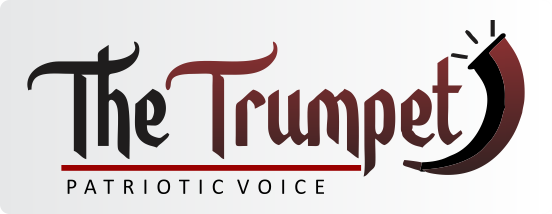The battle for AI supremacy is intensifying, with OpenAI and DeepSeek emerging as key competitors. While OpenAI has established itself as an industry leader with vast resources and extensive research, DeepSeek has quickly gained recognition as a promising challenger from China. This analysis examines their differences in funding, workforce, cost efficiency, strengths, and areas of focus.
DeepSeek was founded just two years ago, making it a relatively new player in the AI space. In contrast, OpenAI has been around for a decade, giving it a significant advantage in experience and technological advancement. Despite its short existence, DeepSeek has managed to attract attention due to its focus on AI-driven coding and text-based AI solutions.
When it comes to funding, OpenAI vastly outmatches DeepSeek. OpenAI has received $6.6 billion in funding, allowing it to invest heavily in research, infrastructure, and workforce expansion. DeepSeek, on the other hand, operates with a much smaller budget of just $10 million. This indicates that DeepSeek is either exceptionally efficient with its resources or still in its early growth phase.
In terms of workforce, OpenAI employs over 4,500 people, enabling the company to tackle multiple AI projects simultaneously. DeepSeek, with only 200 employees, runs a much leaner operation. However, this does not necessarily put it at a disadvantage; instead, it suggests a more focused and potentially agile approach to AI development.
Read also: AI WAR: Alibaba unleashes Qwen 2.5 AI Model, claims it outperforms DeepSeek-V3, GPT-4o
Cost efficiency is another key differentiator between the two companies. DeepSeek spends approximately $0.14 million per employee, making it significantly more cost-effective than OpenAI, which spends about $7.50 million per employee. This difference highlights the contrasting business models: OpenAI prioritizes large-scale innovation with significant investments, while DeepSeek appears to be operating in a more streamlined and economical manner.
The strengths and AI specializations of these companies further set them apart. DeepSeek is primarily focused on AI-driven coding and text-based AI, positioning itself as a strong contender in the AI-assisted programming space. OpenAI, meanwhile, excels in storytelling and multi-modal AI, covering both text and image generation. This makes OpenAI’s models like GPT and DALL·E particularly valuable for content creation, marketing, and creative industries.
Market positioning also plays a significant role in their rivalry. DeepSeek is carving out a niche in text-based AI and coding, making it a viable alternative to OpenAI’s Codex. OpenAI, on the other hand, has expanded its influence across both text and image AI, allowing it to dominate a broader range of applications.
Overall, OpenAI remains the industry leader with its vast funding, extensive workforce, and cutting-edge AI capabilities. However, DeepSeek is proving to be a formidable competitor despite its limited resources, particularly in AI coding. If DeepSeek continues to innovate and secure additional funding, it has the potential to challenge OpenAI’s dominance or establish itself as a specialized alternative in the AI industry.






